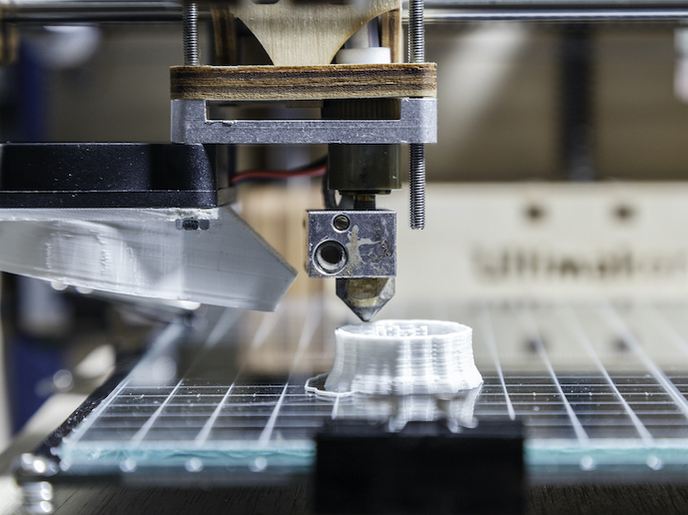Nanocomposites for a new type of coating
A significant challenge for the automotive sector is the fabrication of complex-shaped parts without defects which increase the risk of failure, but with high reliability at a lower cost. Powder metallurgy was explored within the European project PM-MACH as a possible processing route to reduce machining costs. To optimise the near-net shaping of engineering, parts were made out of a mixture of metal powder. The minimisation of fabrication time was also considered as a primary competitive factor. In powder metallurgy, a mixture of metal powders along with suitable organic lubricants is first compacted by placing it under pressure in the die which defines the desirable shape. The compact powder is then heated in a protective atmosphere at a temperature below its melting point, so that powder particles weld together. Sintering ensures sufficient strength to the parts for their intended use, which however demands further careful and costly machining. Project partner, Platit AG in Switzerland focused on developing nanocomposite coatings offering heat and scratch resistance during green machining of the engine part. To tailor the coating's properties to its function, researchers at the Platit AG laboratories took standard physical vapour deposition (PVD) technologies one step further. By depositing very different kinds of materials, components like chromium (Cr) and aluminium (Al) with silicon (Si) are not mixed completely. The nanocrystalline chromium aluminum nitride (CrAlN) grains were therefore embedded in an amorphous matrix of silicon nitride (SiNx). Thanks to a higher hardness as well as friction resistance, coatings with a nanocomposite structure proved to be able to stand their ground even against thick chemical vapour deposition coatings. These coatings have been made available for industrial use in forming applications with the trademark nACVIc®.







